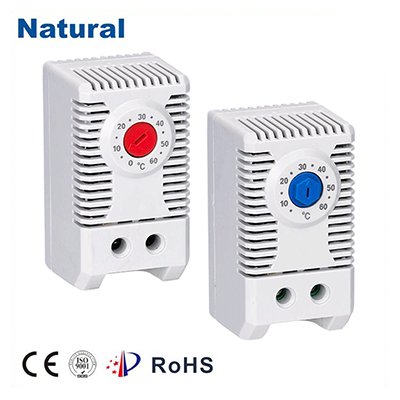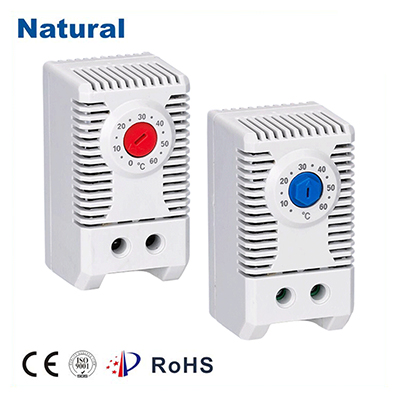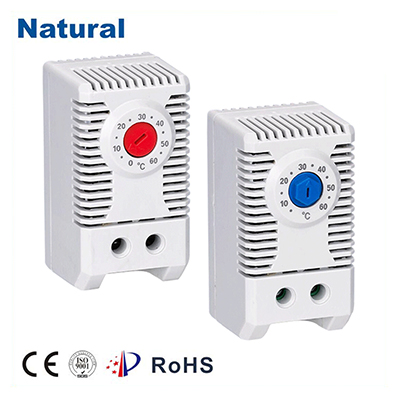In today’s world, maintaining the ideal temperature within a space is crucial for comfort, safety, and energy efficiency. Whether it’s controlling the heating system in a home or regulating the temperature in industrial machinery, temperature control is a common challenge. One of the most effective and widely used devices for regulating temperature is the contact thermostat. This article aims to explore the technology behind contact thermostats, their applications, and the benefits they bring to various industries.

What is a Contact Thermostat?

A contact thermostat is a temperature control device that relies on electrical contacts to open or close a circuit when the temperature reaches a predetermined level. The core functionality of a contact thermostat lies in its ability to sense temperature changes and activate or deactivate connected electrical systems, such as heating or cooling units, based on that information. The thermostat contains a temperature sensor, which is often a metal strip or thermistor. As the temperature fluctuates, the sensor expands or contracts, triggering the mechanism that controls the electrical contacts. When the desired temperature is reached, the thermostat either opens or closes the contacts, allowing the electrical current to flow or interrupting it, thereby turning the device on or off.
